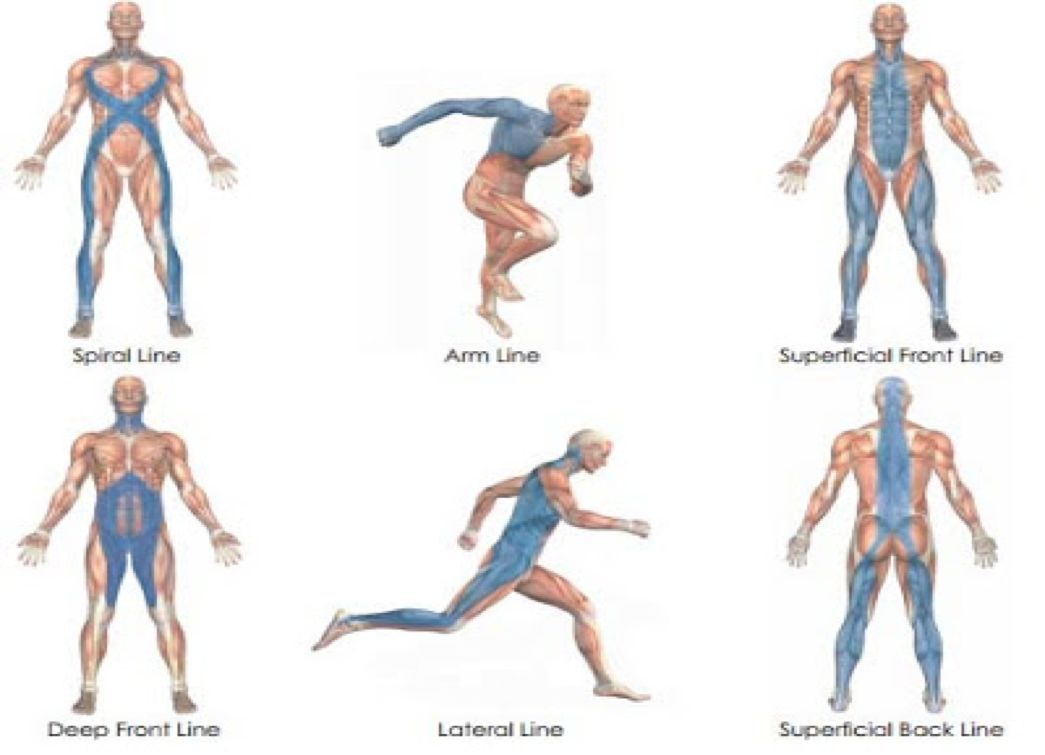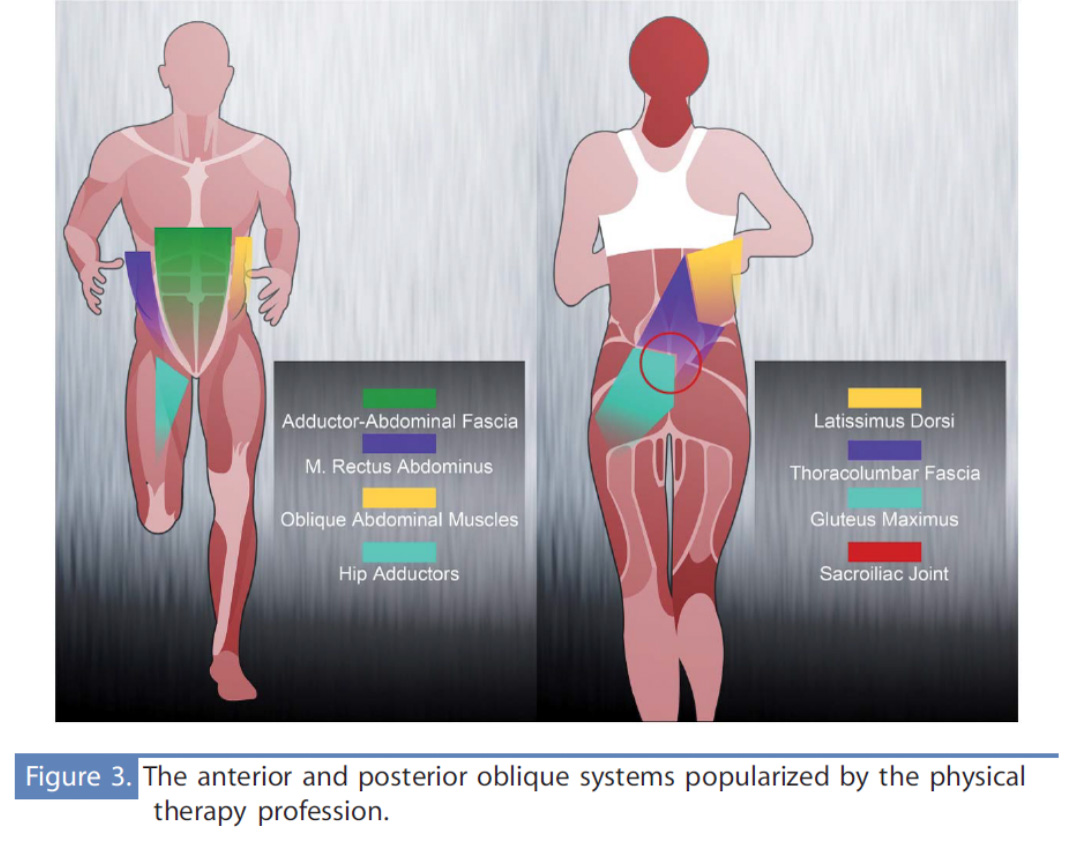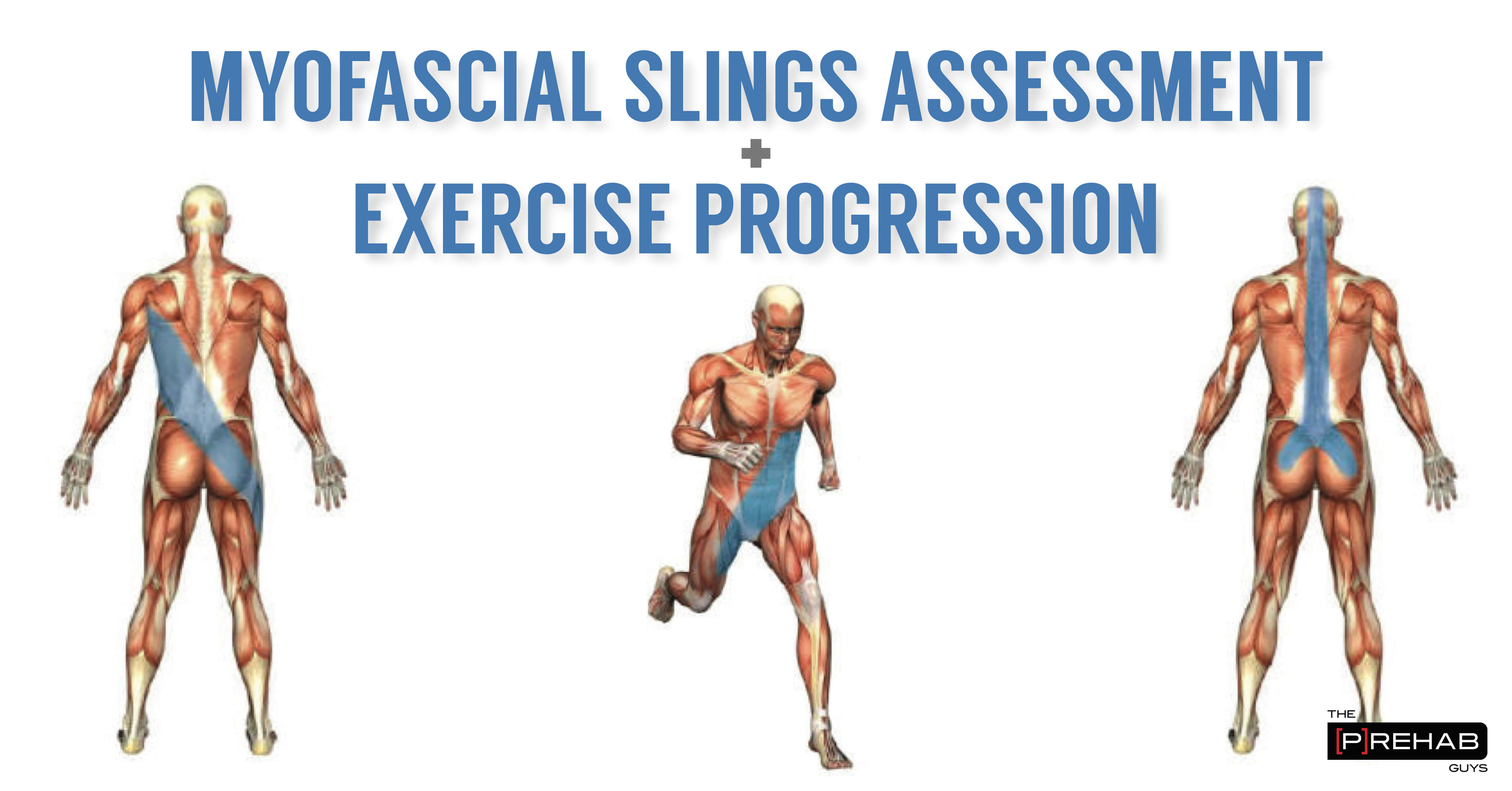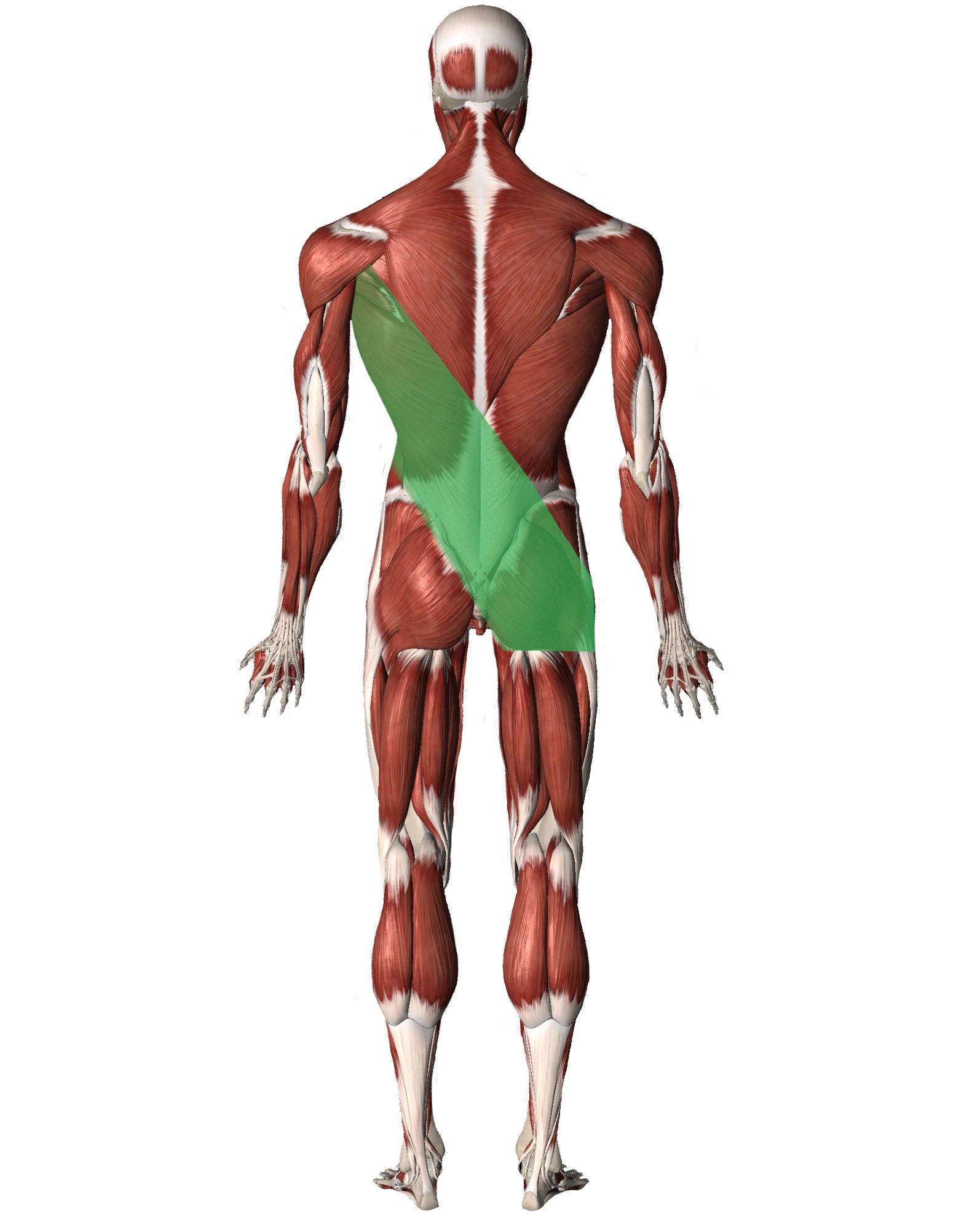
Oblique Sling Exercise Progressions and Assessment [𝗣]𝗥𝗲𝗵𝗮𝗯
Introduction Stability in the Lumbo-Pelvic Region 3Anterior Oblique Sling (AOS) 4Posterior Oblique Sling (POS) 5Deep Longitudinal Sling (DLS) 5.1Complications and Treatment 6Lateral Sling (LS) 7How Do These Link to Low Back Pain? Effects on the Passive System Pain, Muscles and Motor Control 8Conclusion 9References Introduction[ edit | edit source]

Pilates Myofascia & Neural Release Drummond Education
The posterior oblique sling consists of the latissimus dorsi muscle, the opposite side gluteus maximus muscle, and the interconnecting thoracolumbar fascia. This sling crosses at the level of.

Single Leg RDL, Train the Posterior Oblique Sling System with One Move,
The posterior oblique sling consists of the latissimus dorsi muscle, the opposite side gluteus maximus muscle, and the interconnecting thoracolumbar fascia. This sling crosses at the level of the lumbosacral junction and provides what is known as force closure to the sacroiliac (SI) joint.

2,381 Likes, 40 Comments The Prehab Guys (theprehabguys) on Instagram “Episode 513
Although there are many muscles groups involved from head to toe, and it can vary depending on whether we're relying more on the posterior or the anterior oblique sling, these slings rely directly and indirectly on the upper body (shoulders, pectoral, and lats), on one side of the body, working with the contralateral or opposite hip.

Posterior Oblique Sling Exercise Progression YouTube
There are four primary fascial slings- including the anterior (oblique) sling, posterior (oblique) sling, deep longitudinal sling, and lateral sling (as shown left to right in the graphic above).

Anterior and Posterior Oblique Slings
The Posterior Oblique Sling (POS) couples the glute max with the opposite lat dorsi. Through the thoracolumbar fascia, this sling stabilises the sacroiliac joint (SIJ) and creates stability at the back of the pelvis, especially during single-leg propulsion.

Oblique Sling Exercise Progressions and Assessment The Prehab Guys
Posterior Oblique System: The lat and opposing glute maximus. Deep Longitudinal System: Erectors, the innervating fascia and biceps femoris. Lateral System: Glute medius and minimus and the opposing adductors of the thigh; I think it is safe to assume that we really don't think about these sling systems when most are developing exercises and.

PosteriorObliqueSling Train Rugged
[Conclusions] According to the results of this study, increase in muscular activation from the direction of muscular fiber and posterior oblique sling seems to be an important factor that influencontralateral crector spinae on muscular activation of POS. Key words: Posterior oblique sling, Electromyography, Prone hip extension Go to: INTRODUCTION

Posterior Oblique Sling & Hamstring Stretch Stick Mobility Exercise YouTube
Susan McLaughlin demonstrates a simple exercise to involve the posterior oblique chain. Find out more self care strategies to get out of pain and stay out o.

Posterior Oblique Sling Prog 1 YouTube
Oblique Sling Exercise Progressions and Assessment - [P]rehab This article will cover a brief overview of the oblique sling systems as well as sling exercise progressions and assessment!

Posterior Oblique Muscles and Exercises OSR Physical Therapy
Ligaments that play an important role in SIJ stability are the iliolumbar ligament (ventral side), the posterior sacroiliac ligaments, interosseus ligaments, sacrotuberous and sacrospinous ligaments. The pubic ligaments, the anterior sacroiliac ligaments and the dorsal side of the iliolumbar ligaments have the least effect on pelvic stability.

Posterior Oblique Sling Enhancing Swimming Performance
Learn to understand the oblique sling subsystem. Best way to train the neural-pathways is on the ground so spine and nervous system can feel supported. Work.

The posterior oblique sling sportEX journals Flickr
In this article I will focus on the posterior oblique sling (POS), which is one of the myofascial slings that assist the movement between the pelvis and the trunk. It connects the latissmisus dorsi and the gluteus maximus via the thoracolumbar fascia.

Anterior and Posterior Oblique Sling Assessment YouTube
The Posterior Oblique Sling is made up of: The latissimus doors, The contralateral gluteus maximus, and The inter-connecting thoracolumbar fascia It provides stability and force transference for the body allowing kinetic energy to be released for efficient locomotion.

The Posterior Oblique Sling is one of the best things you can bring awareness to in Twists
TIMESTAMPS ⏱0:00 Intro1:18 Posterior/Anterior Oblique Sling Assessment 3:34 Bird Dog Row 4:15 Reverse Lunge Shoulder Pulldown-Band 5:42 Standing Chop Band 6:.

Pin on Circuits
1) Anterior oblique sling (AOS) Muscles: external oblique, internal oblique, contralateral hip adductor, abdominal fascia. Function in Sport: - Increased firing in the transition between walking. and running. - Important for increasing speed and acceleration. - Prominent in tennis, hockey, soccer, basketball: Agility.